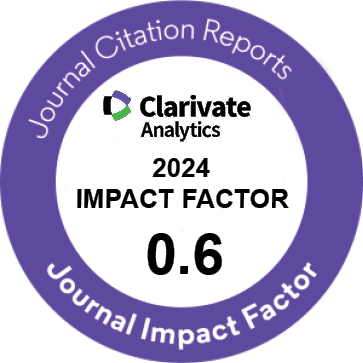| Case Report | |
| Treatment of Polycystic Ovarian Syndrome using Electroacupuncture: A Case Report | |
| Fariba Farajzadeh1, Fariba Ghaderi2, Parvin Bastani 3 | |
| 1Physical Therapist, MSc Student, Department of Physiotherapy, Faculty of Rehabilitation, Tabriz University of Medical Sciences, Tabriz, Iran 2Associated Professor, Department of Physiotherapy, Faculty of Rehabilitation, Tabriz University of Medical Sciences, Tabriz, Iran 3Associated Professor, Department of Gynecology, Faculty of Medicine, Tabriz University of Medical Sciences, Tabriz, Iran |
|
|
IJWHR 2017; 5: 76-79 Viewed : 4240 times Downloaded : 4936 times. Keywords : Polycystic ovarian syndrome (PCOS), Acupuncture, Electroacupuncture |
|
| Full Text(PDF) | Related Articles | |
| Abstract | |
Objective: Polycystic ovarian syndrome (PCOS) with symptoms of hyperandrogenism is one of the most common endocrine disorders of women at reproductive age. Case Presentation: The patient was a 19-year-old woman complaining of menstrual irregularities and was diagnosed with PCOS 5 years ago. The medications prescribed for 4 years had no significant therapeutic effect. The patient had menstrual irregularity and amenorrhea in the last 3 months. Ultrasound examination revealed bilateral polycystic ovaries. She underwent electroacupuncture (EA) for 14 sessions during 4 months in LI4, SP6, Ren19, ST36, and CV6 acupuncture points. According to ultrasound examination the polycystic view of ovaries disappeared in the 16th weeks of follow-up; sign of ovulation was observed in the ovaries and endometrial thickness increased. The ratio of luteinizing hormone (LH) to follicle stimulating hormone (FSH) reduced, and her most important complaint, i.e., menstrual irregularities, was almost completely eliminated, and the regular menstruation still continued up to six months after the last session of treatment. Conclusion: Use of EA improved patient symptoms through reducing sympathetic tone in the arteries of uterine and ovaries as well as reflexive increasing of circulation through low-frequency contractions in the muscles. |
Cite By, Google Scholar
Online Submission System
 IJWHR ENDNOTE ® Style
IJWHR ENDNOTE ® Style
 Tutorials
Tutorials
 Publication Charge
Women's Reproductive Health Research Center
About Journal
Publication Charge
Women's Reproductive Health Research Center
About Journal
Aras Part Medical International Press Editor-in-Chief
Arash Khaki
Mertihan Kurdoglu Deputy Editor
Zafer Akan























